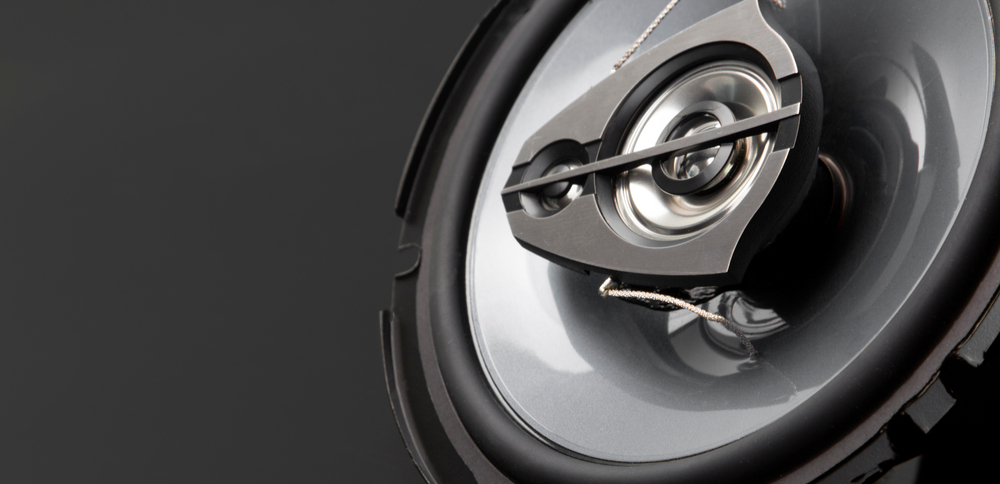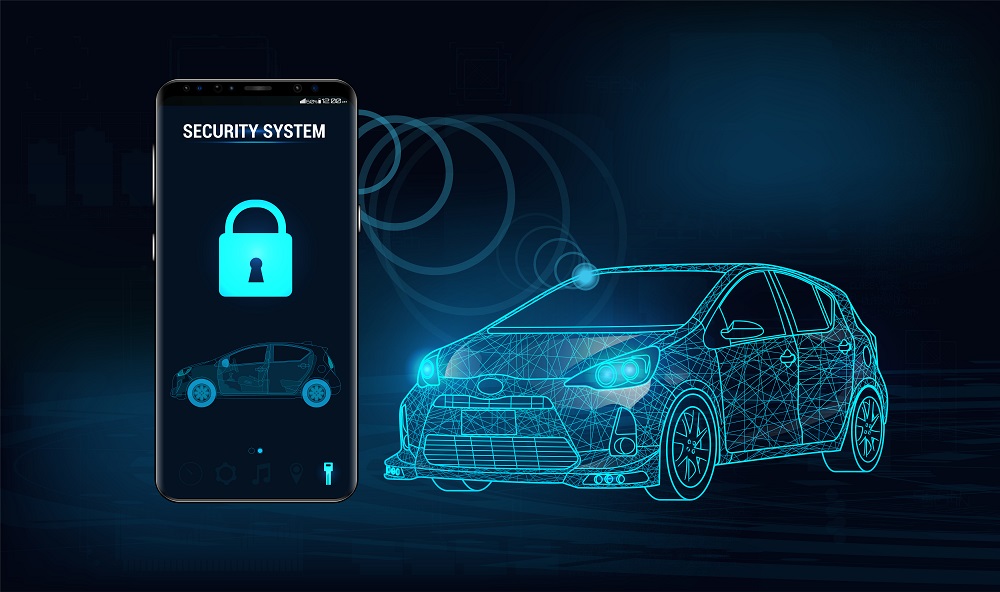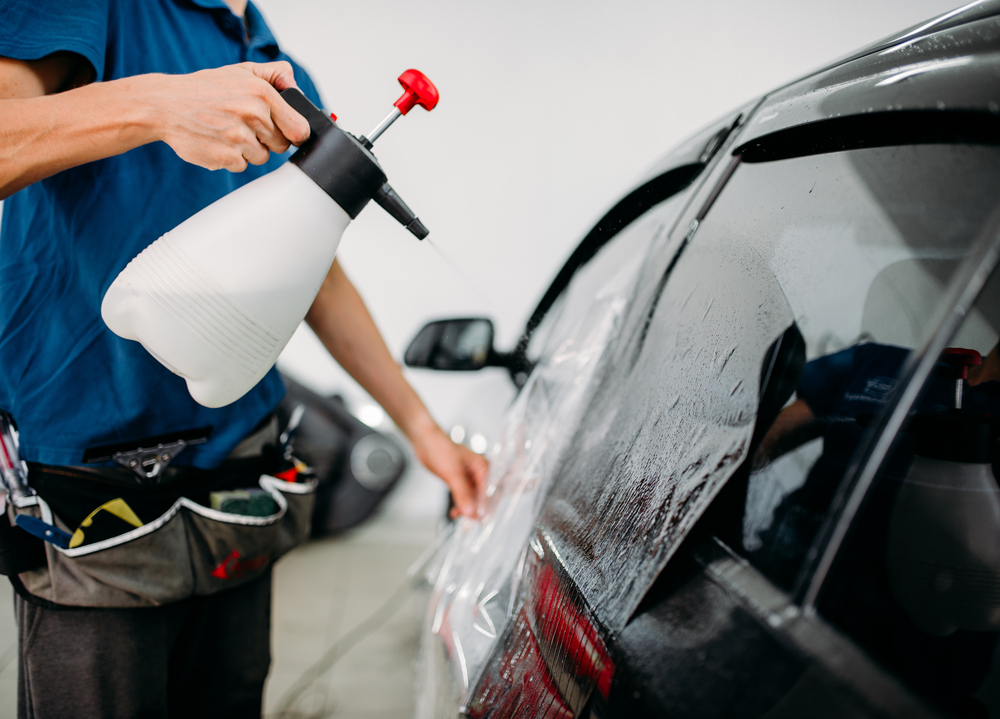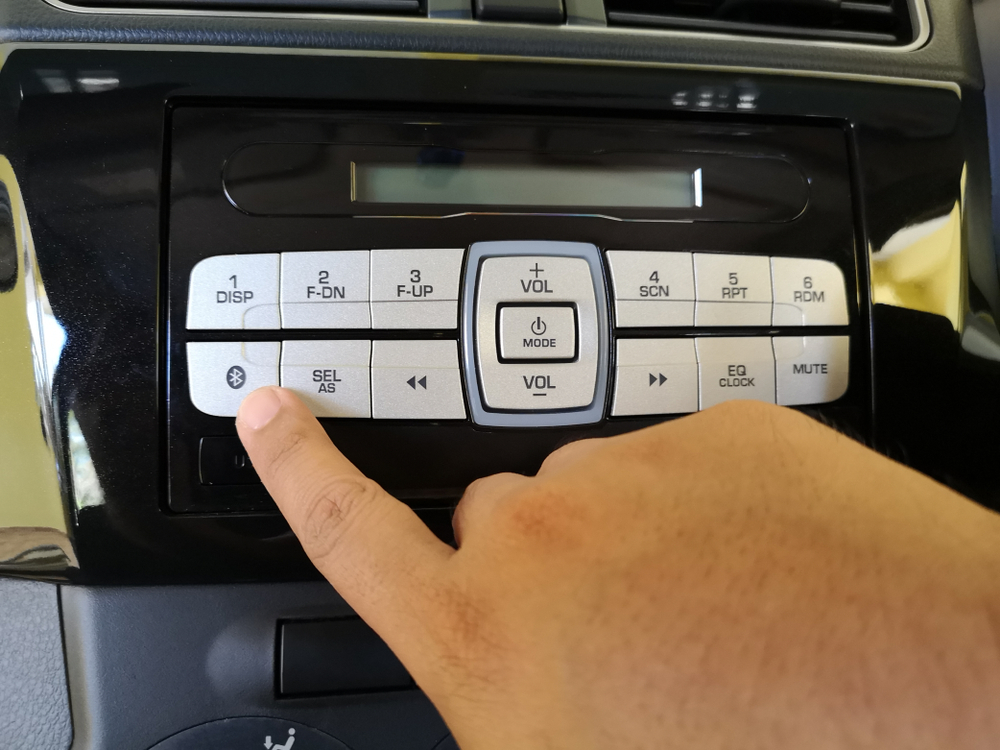In part one of this two-part blog series, we went over some basics on whether you should choose a two-way or three-way speaker system for your new car audio upgrade. This choice, which relates to the number of drivers in your speaker and the frequencies of sound you regularly need played, is important for both the performance of the speakers and their long-term quality.
At Laketown Speed and Sound, speaker selection is just one important piece of our comprehensive car audio services, which include numerous other components as well. What are some of the other considerations to keep in mind while choosing between a two-way and three-way speaker system, and how can you go about finalizing your decision? Here are some basics.

Coaxial Speaker Considerations
For those using coaxial speakers, or speakers where individual driver units radiate sound all from the same point or axis, the standard two-way coaxial box will include a large woofer and a small tweeter – or in some cases, multiple even smaller tweeters. Both these items will be in the same box.
In other cases, however, and especially if you’re looking for a three-way system, you can add to this. A mid-range driver, sometimes simply called a super tweeter, will be placed on the woofer. The issue here, though, is that a coaxial uses a passive crossover inside the box, and this makes a two-way system more ideal than a three-way system for coaxial speakers.
Components System
Component speakers, on the other hand, involve separately-mounted speakers with a higher-quality crossover than coaxial speakers. In these cases, rather than all the components involved being located inside a single box, they will be separated into multiple boxes.
For a two-way system, the baseline setup, your woofers and tweeters will be separated into their own boxes, regardless of how many of each of them are present. However, within this realm, you have the ability to add external crossovers to the audio system without any interference or issues, and these will simply benefit sound frequency ranges. Adding a mid-range driver, for instance, is incredibly easy and will not cause any interference, like with coaxial speakers. As long as you’re using high-quality parts here, it’s possible to attain much higher-quality sound using a three-way component system.
Making Your Choice
When it comes down to it, much of the choice between a two-way and three-way speaker system is whether you’re purchasing coaxial or component speakers. For the former, the two-way system is generally preferable; if you have the budget for it, the three-way system is the optimal format for the latter.
For more on choosing between two-way and three-way speakers, or to learn about any of our car stereo upgrades, window tinting or other automotive services, speak to the staff at Laketown Speed and Sound today.











